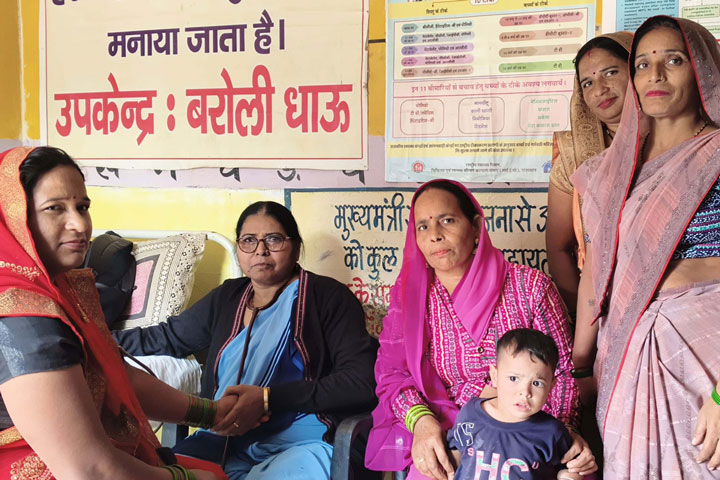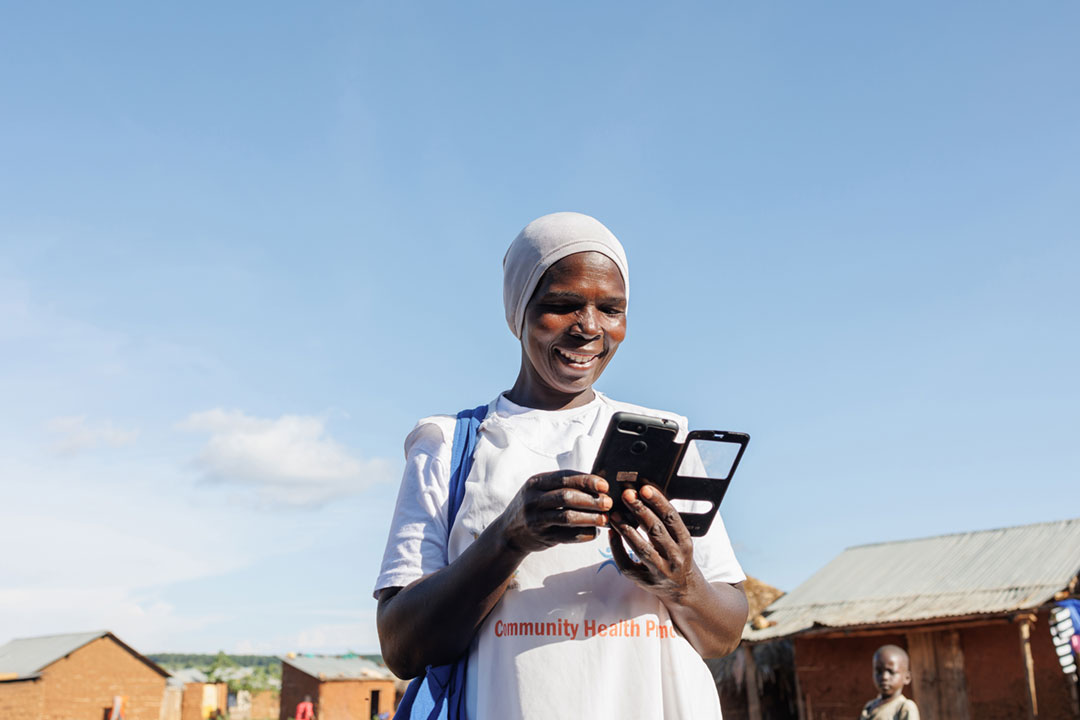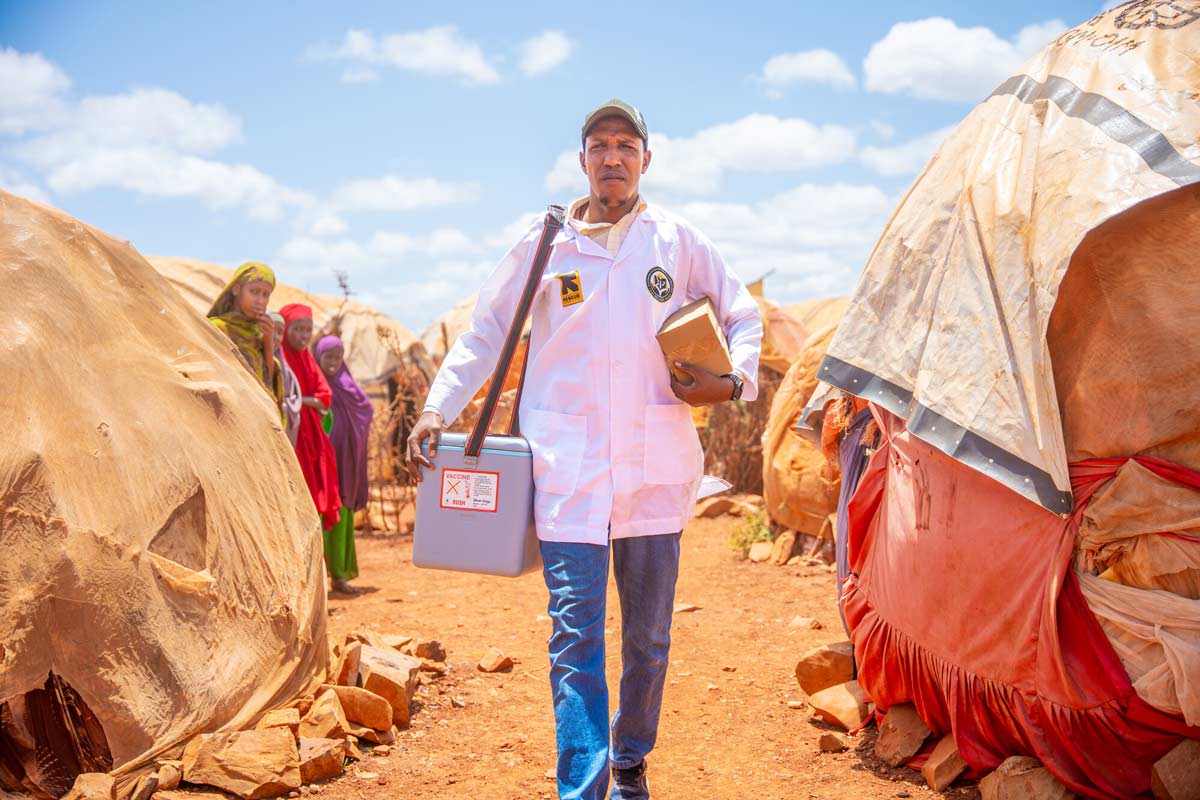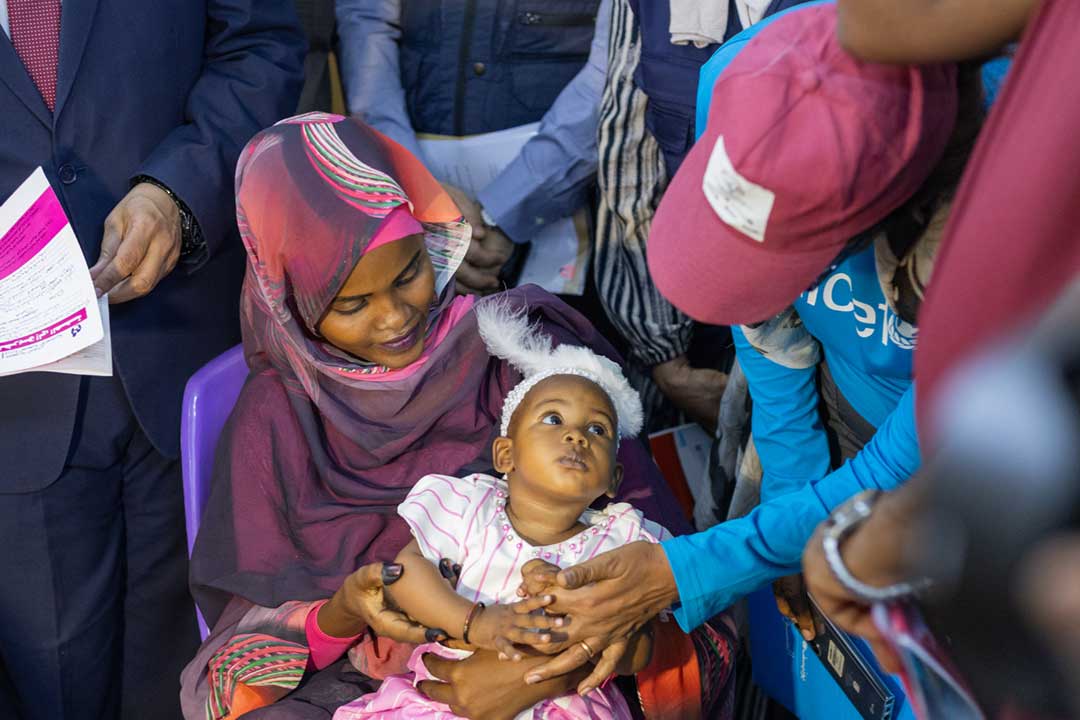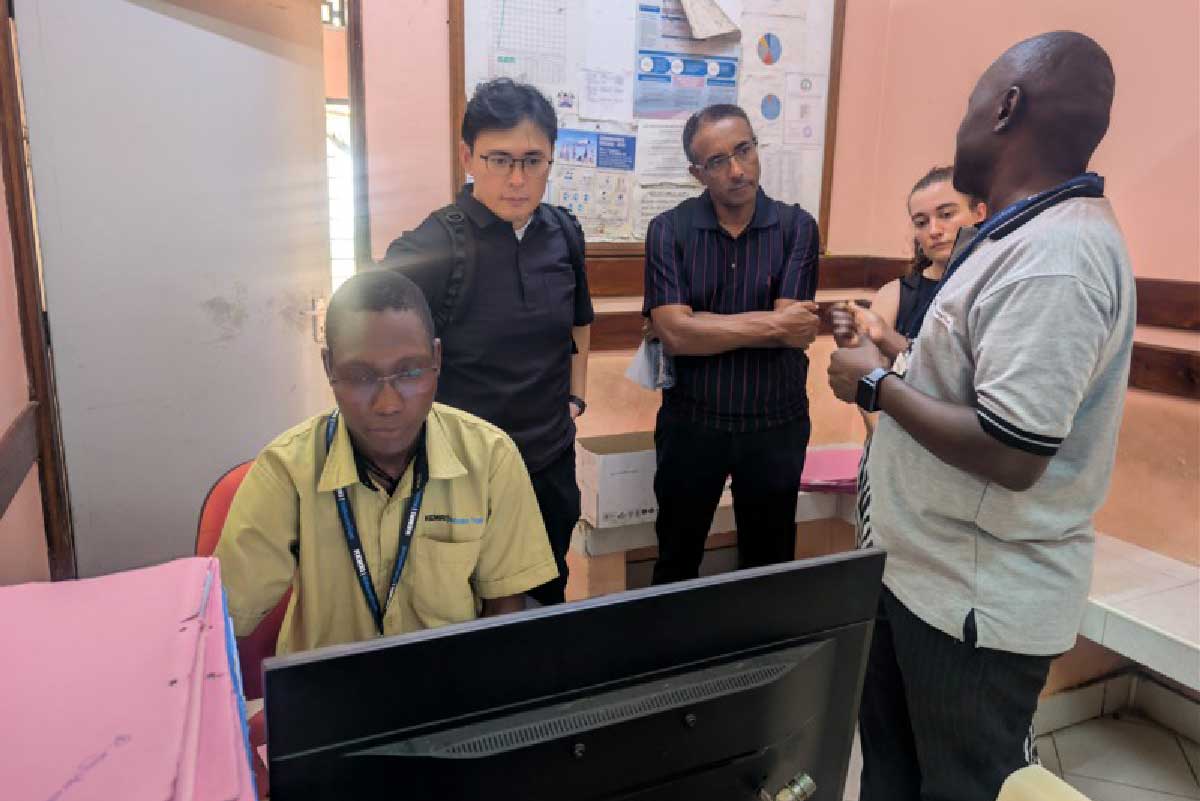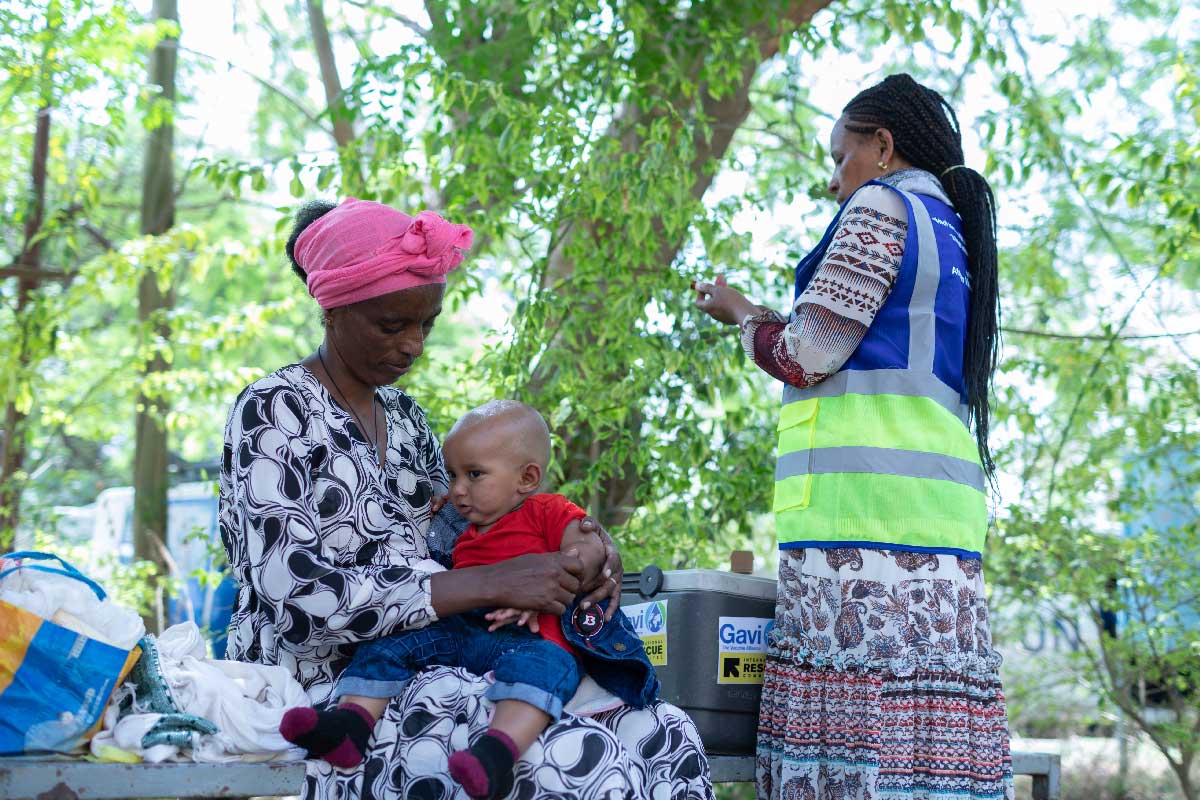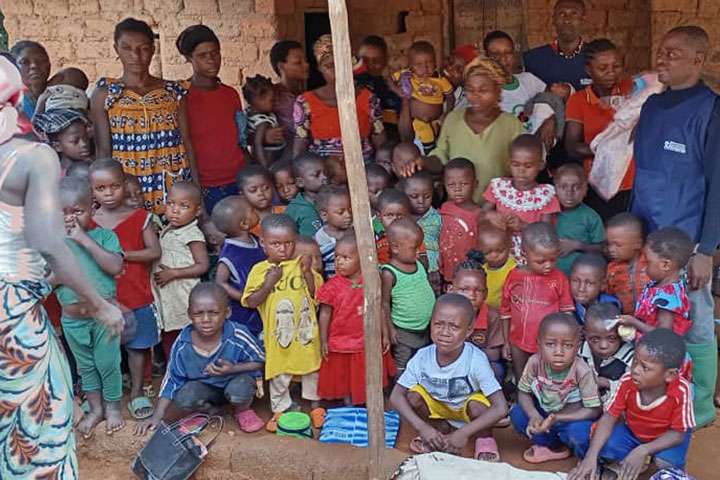Health beyond bias: frontline workers tackle prejudice in medical care
Health workers from around the world are witnesses to bias that prevents populations from accessing care equitably. Their testimonies, shared through the Geneva Learning Foundation’s peer learning platform ahead of a global event on 10–11 April 2025, reveal transnational patterns.
- 8 April 2025
- 7 min read
- by Ian Jones , Charlotte Mbuh
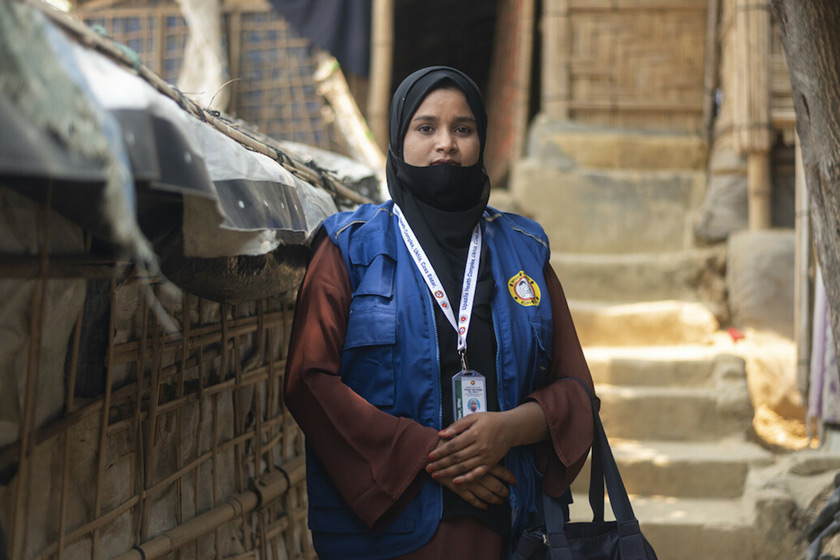
From rural villages in Benin to clinics in Kenya and beyond, health workers across the Global South face a common challenge: ensuring equitable access to healthcare in systems that don’t always treat everyone the same way. Across continents, practitioners report strikingly similar patterns of bias that determine who receives quality care and who gets left behind.
The many faces of health inequity
“In our hospital, people who appear wealthy or more educated receive faster and more polite service. This leads to poor health outcomes as some people would rather not seek medical care than face discrimination.”
Nurse
Ministry of Health, Nigeria
This experience isn’t isolated. From Kenya, Joseph Ngugi shares a troubling observation:
“I witnessed an elderly woman being ignored at the hospital despite arriving before others. Despite her frailty, she was sidelined, while younger, well-dressed patients who spoke fluent English were attended to promptly.”
Joseph Ngugi
Public Health Specialist, Ministry of Health, Murang’a County, Kenya
The patterns emerge across different settings. In Cameroon, Basile Ngontcha describes witnessing two new mothers, who couldn’t afford their medical bills, being detained at a health facility.
“They were forced to work as hospital cleaners, washing laundry and making beds of other patients.”
Basile Ngontcha
Community Health Worker, NGO, Yaoundé, Cameroon
Instances of exclusion from care on grounds of financial status appear repeatedly in practitioners’ stories.
“There is no equity especially in the private sector because of poverty.”
Dr Asim Raza
Doctor, Ministry of Health, District Orakzai and Kohat, Pakistan
Sometimes the barriers to care are more subtle than direct exclusion. In the Democratic Republic of the Congo (DRC), Nicolas Kashama Saidia shares a deeply personal story.
“My neighbour was an albino woman with twin albino children, both zero-dose. When I asked why her children weren’t vaccinated, she told me that women at the health centre had looked at her with such disdain during her prenatal visits that she feared bringing her children for vaccination.”
Nicolas Kashama Saidia
Nutritionist, Ministry of Health, Zone de Santé de Miti Murhesa, DRC
Saidia and the woman’s husband personally accompanied the children to vaccination sessions until they completed their immunisation schedule, using the opportunity to educate the community about stigma-based violence.
Have you read?
Geographic barriers compound financial constraints
Financial barriers frequently intersect with other forms of marginalisation. Dr François Acakpo explains how geographic isolation affects health outcomes:
“In my district, many communities do not have access to care. Pregnant women cannot access antenatal consultations, children miss routine vaccination, and the sick are left to their sad fate.”
Dr François Acakpo
Medical Doctor, Ministry of Health, Commune de Gogounou, Benin
For communities in remote or difficult-to-reach areas, access to healthcare becomes a luxury rather than a right. Richard Essien describes the challenges:
“Children in these hard-to-reach areas are disadvantaged when it comes to immunisation and other childhood services... Some of these children do not receive their eligible services timely and with vaccination, it may leave them exposed for some time.”
Richard Essien
Public Health Specialist, Ministry of Health, Ghana
In Madagascar, Dr Orimbato Raharijaona points to fundamental obstacles to quality care:
“The non-motivation of health personnel due to small salaries, unsatisfactory living conditions [affects service quality]. The activities become routine, the activity reports unreliable.”
Dr Orimbato Raharijaona
Medical Doctor, WHO Country Office, Mandoto, Madagascar
Marion Mutange notes that even with government insurance programmes specifically designed for women, vulnerable populations still struggle:
“Even if they have what we call in Kenya ‘Linda mama’, which is an insurance cover for expectant mothers, they still cannot afford other important things for her and the baby such as proper hygiene and nutrition.”
Marion Mutange
Community Health Worker, Ministry of Health, Mountain View, Kenya
Conflict zones present particularly acute challenges for healthcare delivery. Alain Dakam shares his experience negotiating with rebel forces to deliver immunisation services in an insecure region of Cameroon:
“We wanted to make it clear that we were operating according to the principles of neutrality and impartiality, and that we had no goals other than to protect the health and wellbeing of the local population, particularly young children.”
Alain Dakam
Consultant, International NGO, Cameroon
When Dakam’s team approached local representatives of rebel leaders, they were surprised by the response: “The protégés who were acting as intermediaries were so convinced of the importance of what we are trying to do that they offered to act themselves as guides to the vaccination teams.”
Local solutions emerge from frontline experiences
Despite these challenges, health workers are finding creative ways to bridge gaps in care. In Ghana, Joseph Adomako observed that traditional clinic hours were preventing many working parents from accessing services:
“In engaging with the community, we agreed to change our time for our child welfare clinic in some communities from normal working hours to late afternoon and also introduce weekend vaccination.”
Joseph Adomako
Public Health Specialist, Ministry of Health, Atwima Kwanwoma District, Ghana
This simple scheduling adjustment led to significant improvements in vaccination coverage, showing how adapting services to community needs can overcome barriers without requiring additional resources.
Dr Youssou Mbaye, in Senegal, shares how direct community engagement transformed a struggling health campaign:
“After a situational analysis, I decided to tour 33 villages to directly meet the populations and community leaders. We took the time to clearly explain our strategy... At the end of this journey, which lasted three days, the mass drug distribution campaign recorded its best results during the last five years.”
Dr Youssou Mbaye
Public Health Specialist, Ministry of Health, Thiadiaye, Senegal
Moving from individual to systemic solutions
Individual efforts are important, but addressing bias in healthcare requires systemic approaches. In Mali, Fousseyni Dembele noticed that patients were not being treated in order of arrival at a health centre, with preference given to certain individuals:
“We need to be respectful of beliefs, while raising awareness of the potential of medical advances to save lives and prevent illness.”
Fousseyni Dembele
Public Health Physician, Ministry of Health, District of Kayes, Mali
After implementing a numbered ticket system and engaging community leaders, his clinic saw improved patient satisfaction and increased vaccination rates.
Sometimes, simple changes can make a profound difference. Fanny Ogwu, a retired nurse in Nigeria, identified three remote villages where children were not receiving vaccines because they weren’t included in district microplans:
“A key part of my role is to act as the mediator between communities and the local system, helping to build bridges and establish trust.”
Fanny Ogwu
Retired nurse, Nigeria
By working with traditional birth attendants, community leaders, and district coordinators, she helped ensure vaccination services reached these forgotten communities.
Not all technological solutions work equally well for everyone. Marion Mutange discovered this when trying to use digital tools for community outreach:
“We formed WhatsApp groups per a hundred households led by health workers to monitor each progress. It didn’t work that well because some people in the community could not afford smart phones, [and because of] illiteracy and airtime.”
Marion Mutange
Community Health Worker, Ministry of Health, Mountain View, Kenya
Her team adapted by appointing one community member to share information with those without digital access, showing how even well-intentioned innovations can unintentionally create new barriers.
Breaking down barriers through understanding
“What I learned is that immunisation programming must be people-centred. Working with the community to address their concerns, risk communication and feedback created trust and confidence in the health system. Trust is fundamental to a strong relationship with communities and the basis for effective partnerships.”
Fanny Ogwu
Retired nurse, Nigeria
These experiences highlight how important it is to recognise the diverse needs of individuals and communities. Charlotte Mbuh explains:
“What might seem like isolated incidents are revealed as systemic patterns once practitioners begin sharing across contexts.”
Charlotte Mbuh
Deputy Director, The Geneva Learning Foundation
By sharing these experiences and learning from each other, health workers are not only improving care in their own communities but also contributing to a broader understanding of how bias operates in health systems – and how it can be dismantled.
Join a new kind of conversation on equity in global health
These individual efforts highlight the importance of systemic approaches to health equity. To further this work, The Geneva Learning Foundation is hosting a special event on 10–11 April 2025, bringing together frontline health workers, researchers and policymakers from over 70 countries.
“If you care about ensuring that everyone has equal access to quality healthcare regardless of who they are or where they come from, this experience-sharing event is for you.”
Reda Sadki
Executive Director, The Geneva Learning Foundation
The event will introduce the BIAS FREE Framework, a practical tool to identify and eliminate social biases in health research and practice. Unlike approaches that focus on just one dimension like gender or disability, this framework examines how multiple forms of bias intersect, providing a more comprehensive approach to health equity challenges.
“When we focus only on gender, we might collect sex-disaggregated data but continue to treat male experiences as the norm. We might improve women’s access to services without questioning why systems were designed without women in mind.”
Charlotte Mbuh
Deputy Director, The Geneva Learning Foundation
Participants will receive the complete framework and earn a certificate based on their contributions to the peer learning process. To join this global dialogue, register at www.learning.foundation/bias. The special event is also available in French: https://www.learning.foundation/bias-fr
More from Ian Jones
Recommended for you
